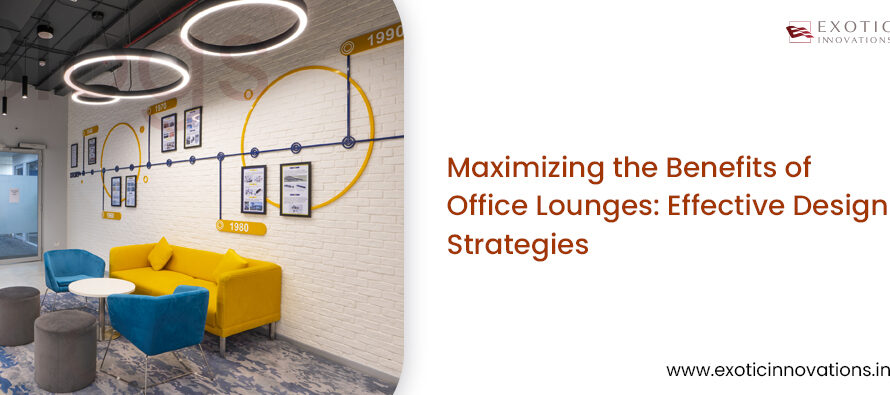Hot desking has become a popular solution in today’s flexible work environments, allowing employees to use any available desk rather than having a dedicated workstation. This approach can help companies save on space, reduce costs, and foster spontaneous collaboration. But without careful planning, hot desking can lead to disruptions in productivity, a lack of privacy, and a sense of instability for employees. So, how can companies design shared workspaces that keep employees engaged, comfortable, and productive? That’s where a hot desking environment balances flexibility with functionality.
Hot desking comes with clear benefits and challenges. For employers, it maximizes office space, reducing the need for a larger real estate footprint, which translates to cost savings. For employees, it offers a dynamic environment, encouraging movement, collaboration, and interaction with colleagues who they may not usually work closely with. However, hot desking can also result in the loss of a personal workspace, which may leave some employees feeling unsettled or disconnected. Moving from desk to desk can impact focus, especially for those who rely on specific tools or setups for their tasks. The most effective hot desking environments are designed to support various work needs and provide employees with a stable, adaptable workspace.
One effective way to design a successful hot desking environment is through a zone-based layout. By creating designated areas for different types of work, companies can cater to the diverse needs of their employees. Collaborative zones, for instance, are ideal for team projects and brainstorming sessions. These areas should feature large tables, configurable seating, and tools like screens or whiteboards to facilitate group discussions. Quiet zones, on the other hand, are essential for employees who need to concentrate without interruptions. These areas should be positioned away from high-traffic zones and equipped with soundproof pods, padded seating, and partitions for a distraction-free environment. Social and break zones are also vital in a hot desking setup, providing employees with a place to relax and recharge, helping prevent burnout and strengthening a sense of community within the office. A well-thought-out zone-based layout can accommodate different work styles and create a more adaptable and inclusive work environment.
Storage solutions are another critical aspect of successful hot desking. Without personal desks, employees may struggle to keep their belongings organized, which can lead to clutter and a sense of disorganization. Personal lockers are a simple yet effective solution, offering employees a secure place to store their items at the end of the day. These lockers should be conveniently located near main work areas or entrances for easy access. Shared storage spaces, like cabinets or drawers, can also hold commonly used resources such as office supplies and reference materials, ensuring that employees have everything they need without individual desks. Tech docking stations at each desk or in various zones allow employees to quickly set up their devices, creating a smoother hot desking experience. By offering practical storage options, companies can help employees maintain a sense of order and productivity in a shared workspace.
Ergonomics are vital in a hot desking setup. When employees move to different desks daily, comfort can become inconsistent, impacting focus and productivity. Investing in ergonomic furniture, such as adjustable chairs and sit-stand desks, can make a world of difference. High-quality chairs with lumbar support, adjustable seat height, and reclining options allow employees to tailor their seating for optimal comfort, no matter where they sit. Sit-stand desks provide the flexibility to alternate between sitting and standing, promoting movement and reducing fatigue. Additionally, task lighting at each desk helps reduce eye strain, and positioning desks near natural light can boost mood and energy. Prioritizing ergonomic furniture in a hot desking setup shows employees that their well-being is valued, even without assigned seating.
Technology is essential in making hot desking seamless. Desk-booking software is one of the most effective tools, allowing employees to reserve a desk in advance or find an available spot when they arrive. This helps eliminate the daily search for a workspace, saving time and reducing frustration. Smart lockers with app-based access provide an extra layer of convenience, allowing employees to secure their belongings with ease. Collaboration tools like digital whiteboards, video conferencing setups, and screen-sharing technology in team zones make it easy for employees to work together, whether they’re remote or in-person. By integrating these tech solutions, companies can make hot desking a flexible, efficient experience that feels like an upgrade, not a compromise.
Maintaining cleanliness is a priority in any hot desking environment, where desks are shared frequently. Employees want the reassurance that their workspaces are sanitary and ready to use. Setting up desk hygiene stations with supplies like disinfectant wipes and hand sanitizers encourages employees to clean their stations before and after use. A routine cleaning schedule, with high-traffic areas sanitized regularly, ensures a professional and safe environment for all. Posting this schedule can give employees peace of mind, knowing that shared areas are well-maintained. By focusing on cleanliness, companies show respect for employees’ health and create a workspace that feels welcoming.
Despite the flexibility of hot desking, it can sometimes leave employees feeling disconnected, as they lack a personal space. To counter this, companies can foster a sense of belonging by adding personal touches to shared spaces. Artwork, inspiring decor, and company branding can create a welcoming atmosphere, while team photos or highlights of employees’ achievements can help reinforce a sense of community. Hosting regular team activities or informal weekly check-ins can also strengthen bonds and build a positive, collaborative environment, even without dedicated desks. When employees feel part of a community, they’re more likely to stay engaged, contributing to a thriving workplace.
In conclusion, hot desking can be a powerful way to foster collaboration, flexibility, and cost-efficiency when done thoughtfully. By focusing on comfort, organization, technology, cleanliness, and community, companies can create a hot desking setup that feels like an elevated work experience. Ultimately, the goal is not just to save space but to create an inspiring, adaptable environment where employees feel motivated and supported to do their best work.
Liked our blog? Share your opinion in the comments below!



